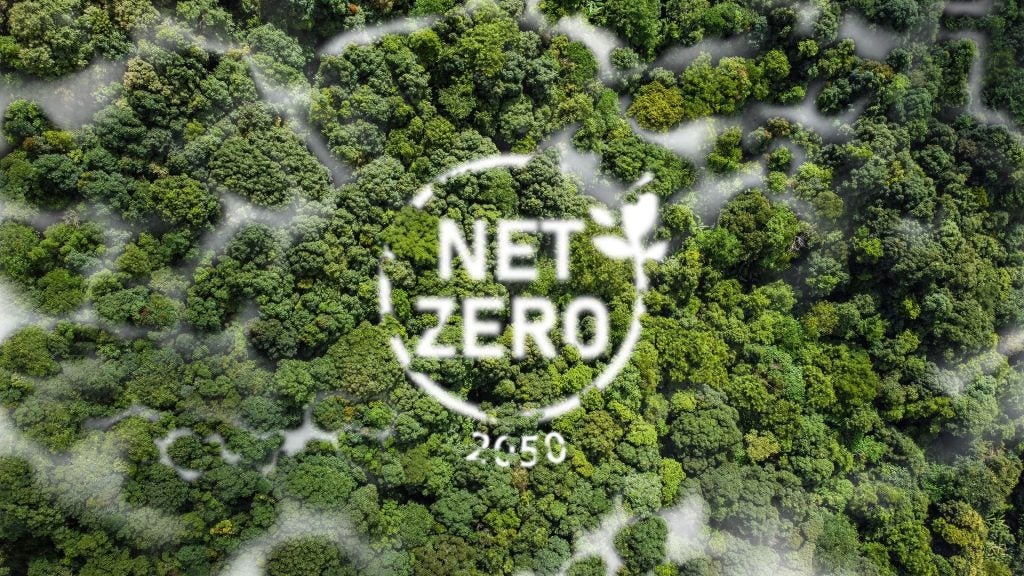With many countries removing most of their travel restrictions, overtourism is a looming threat. The travel industry, like many others, focuses almost exclusively on growth, with often little or no concern for the associated impacts.
After a decade of virtually uncontrolled growth, 2020 saw a pandemic that slashed international travel by an unprecedented amount. However, with many countries removing most of their travel restrictions in 2022, international travel is already beginning to experience a strong rebound. This has the potential to lead to overtourism, with GlobalData’s Demands and Flows Dataset forecasting global international arrivals to increase by 188.4% YoY in 2022.
COVID-19 slowed the rise of overtourism
According to GlobalData, in 2009 there were 908.8 million international departures globally, which rose to 1.5 billion departures a decade later in 2019. Then, due to the pandemic and its consequent travel restrictions, global international departures fell to 373 million, temporarily slowing travel enough to have the unintended side effect of stopping overtourism in its tracks. This, however, cannot last, as GlobalData predicts a return to global 2019 travel levels by 2025. A likely result of this could be a break down in sustainability initiatives, with travel companies and DMOs prioritizing revenue generation.
A lack of global standards
See Also:
While the pandemic stymied overtourism concerns in cities popular with tourists such as Venice, the opposite is could be said for places of natural beauty. With no global standards for what constitutes too many tourists, mismanagement of footfall in areas of natural beauty has affected local wildlife and caused environmental degradation, such as footpath erosion.
How well do you really know your competitors?
Access the most comprehensive Company Profiles on the market, powered by GlobalData. Save hours of research. Gain competitive edge.

Thank you!
Your download email will arrive shortly
Not ready to buy yet? Download a free sample
We are confident about the unique quality of our Company Profiles. However, we want you to make the most beneficial decision for your business, so we offer a free sample that you can download by submitting the below form
By GlobalDataFrom Amsterdam to Venice, and New Zealand to the national parks of the US, destinations worldwide were experiencing overtourism prior to the pandemic, the outbreak of COVID-19 offered refuge for natural and built landscapes that were being eroded through mass visitation. However, the desire for international travel is already recovering, meaning overtourism remains a critical theme affecting the future profitability of the travel industry. Being easier said than done, the industry needs to balance its recovery with sustainability to ensure long-term viability.
Solutions can be found
One solution is tourist taxes. As of July 2021, Maui, Hawaii began collecting a 3% tax from visitors, with money being kept for local needs. The theory behind launching a tourist tax is simply so it can raise funds to offset some of the negative impacts created by mass tourism. Tourist taxes will not solve the issue of overtourism. However, they do mark a steppingstone for cities and destinations looking to maintain their tourist sites and attractions, while also going some way towards rebuilding the industry in a more sustainable manner.









